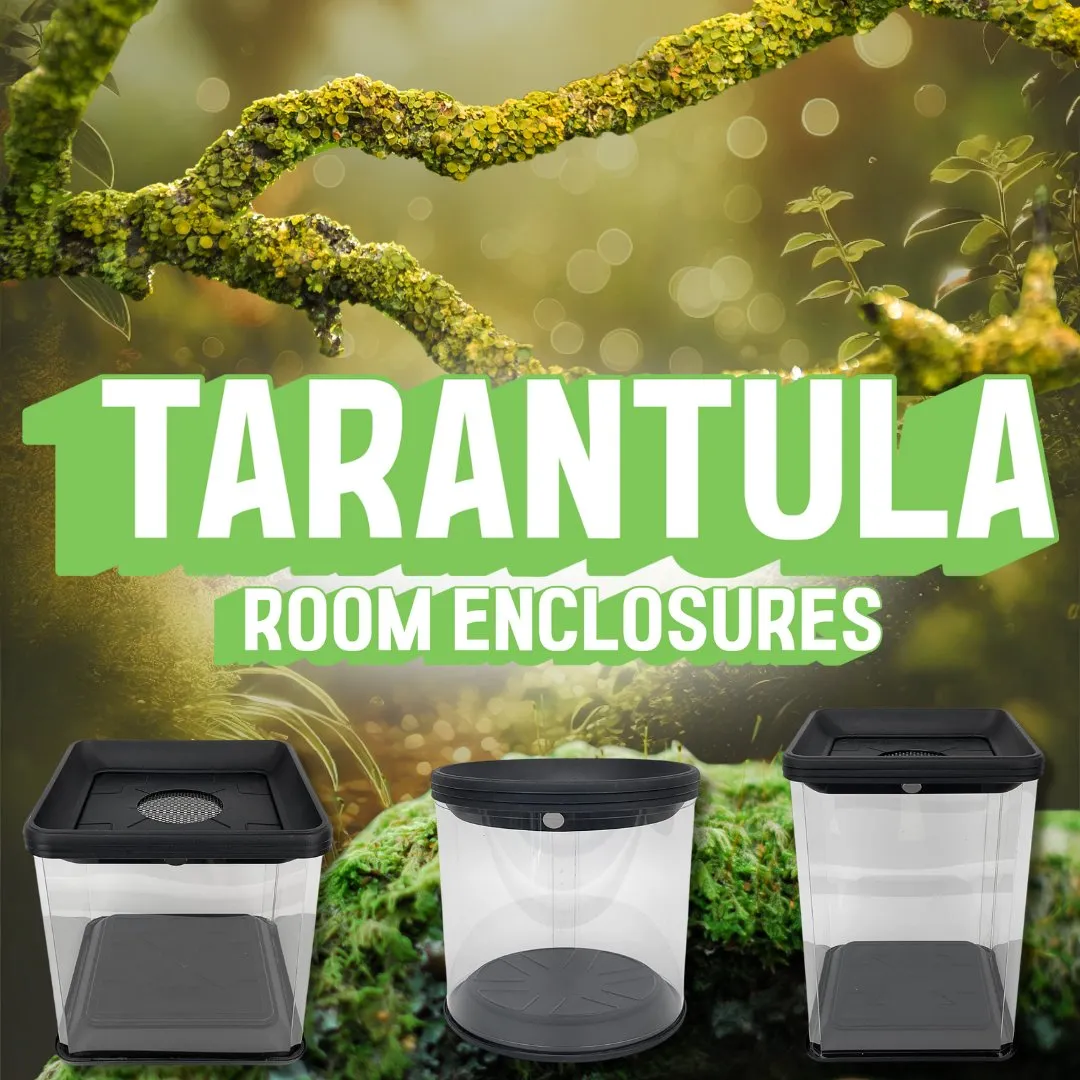Understanding Tarantula Enclosure Needs
Choosing the right enclosure is crucial for the health and well-being of your tarantula. A well-designed enclosure provides a safe and comfortable environment, allowing your pet to thrive. Considering various factors like size, material, and environmental control is vital. This guide explores the essential aspects of selecting the perfect tarantula enclosure, ensuring a happy and healthy life for your eight-legged friend. From understanding your tarantula’s specific needs to selecting the right accessories, we’ll cover everything you need to know. This will help you make informed decisions, creating an ideal habitat that meets your tarantula’s requirements and enhances its quality of life. Let’s dive in and explore the world of tarantula enclosures, making sure you’re well-equipped to provide the best possible care for your pet.
Size Matters Choosing the Right Enclosure
The size of your tarantula enclosure is paramount. It directly impacts your tarantula’s ability to move, hunt, and feel secure. An enclosure that’s too small can restrict movement and cause stress, while one that’s too large can make it difficult for your tarantula to find food and feel safe. When choosing an enclosure, consider the species and size of your tarantula. For terrestrial species, a wider enclosure is preferable, allowing for ample floor space. Arboreal species, which are tree-dwelling, need taller enclosures with vertical space for climbing. As a general guideline, the enclosure should be at least twice the tarantula’s leg span in width and length, and tall enough to allow for substrate depth and climbing. Always plan for growth; it’s better to start with a slightly larger enclosure than to have to upgrade quickly.
Enclosure Material Types and Their Pros and Cons
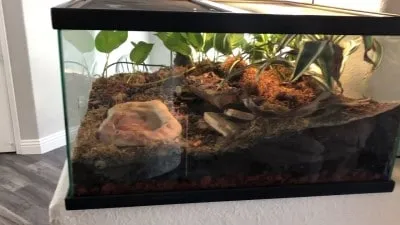
The material of your tarantula enclosure plays a significant role in its functionality and suitability. There are three main types glass, acrylic, and plastic each offering distinct advantages and disadvantages. Your choice will affect factors like visibility, ease of cleaning, and environmental control. Consider your specific needs and preferences when selecting the material for your tarantula’s habitat. Let’s compare each material and provide advice to help you find the best choice for your tarantula.
Glass Enclosures
Glass enclosures are a popular choice for their excellent visibility and aesthetic appeal. They offer a clear view of your tarantula, allowing you to observe its behavior easily. Glass is also relatively easy to clean and disinfect. However, glass enclosures can be heavy and fragile, requiring careful handling. They are also not as effective at retaining heat as some other materials, which can make maintaining the ideal temperature and humidity levels a bit more challenging. It’s important to use a secure lid with a glass enclosure to prevent escapes, and ensure proper ventilation to avoid condensation buildup. Consider glass enclosures for their aesthetic appeal and ease of cleaning, but be mindful of the weight and thermal properties.
Acrylic Enclosures
Acrylic enclosures offer an excellent balance of visibility, durability, and insulation. Acrylic is lightweight and more impact-resistant than glass, reducing the risk of breakage. It also provides better insulation, helping to maintain a stable temperature and humidity. Acrylic is very clear, but can scratch more easily than glass. Regular cleaning with appropriate materials is important to keep your enclosure in prime condition. Acrylic enclosures often come with built-in ventilation and secure lids, making them a convenient and practical choice for tarantula owners. Consider these for their durability and insulation properties, as well as the aesthetic appeal.
Plastic Enclosures
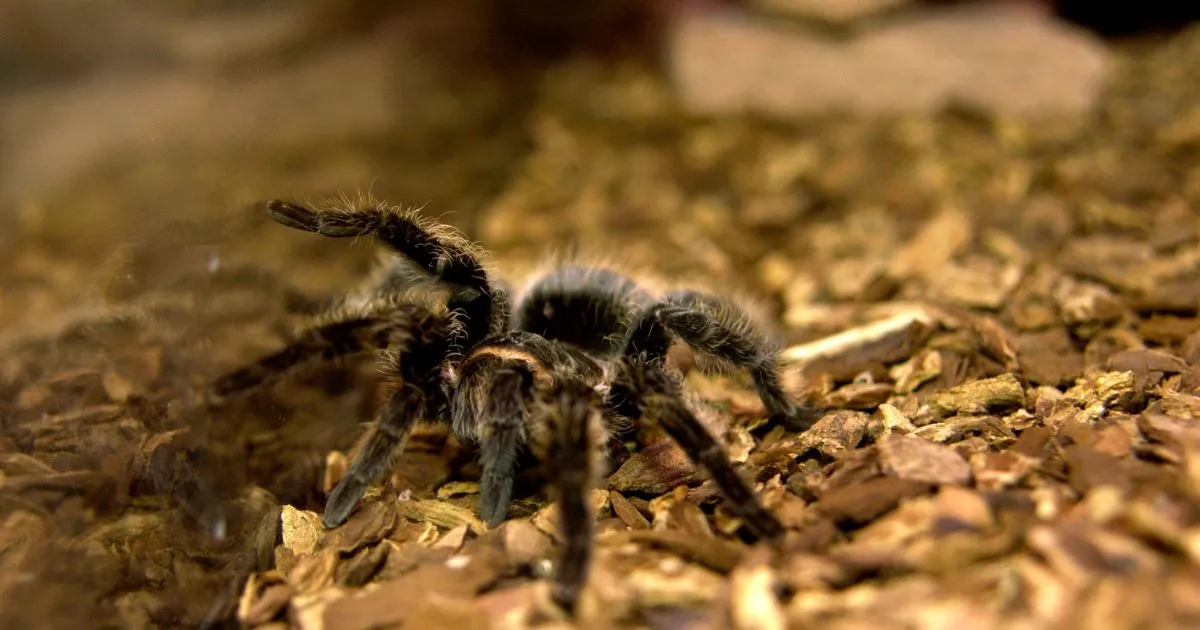
Plastic enclosures are a budget-friendly option, often lightweight and easy to handle. They are available in a wide range of sizes and styles. Plastic enclosures are often durable and can withstand rough handling. However, the visibility in plastic enclosures can be less clear than glass or acrylic, and some types of plastic may scratch easily. The ventilation and overall design of plastic enclosures can vary significantly, so carefully check these factors before making a purchase. Ensure that the plastic is non-toxic and designed for pet use, and choose one that includes secure and easy-to-access lids. Plastic enclosures are a good option if you are looking for an affordable and easy-to-maintain option.
Top 5 Tarantula Enclosure Recommendations
Based on the criteria discussed, including size, material, and ease of maintenance, here are the top five tarantula enclosure recommendations available in the UK market. These recommendations consider factors such as quality, customer reviews, and overall value, ensuring you can find a suitable enclosure to cater to your specific needs. These enclosures have been selected to provide the best possible environment for your tarantula, allowing them to thrive. This selection provides a starting point, with options to suit a variety of needs and preferences. Remember to tailor your final choice to your particular tarantula species and its unique requirements.
Enclosure Recommendation 1 Features and Benefits
Enclosure recommendation 1 is a versatile and widely-available acrylic enclosure known for its excellent visibility and durability. Key features include secure ventilation, a hinged lid for easy access, and a sturdy construction that minimizes the risk of escapes. The benefits of this enclosure include its ability to maintain stable humidity and temperature levels, making it suitable for a variety of tarantula species. The clear acrylic provides an unobstructed view, allowing you to observe your tarantula’s behavior closely. Additionally, its lightweight design makes it easy to move and clean. The hinged lid ensures easy access for feeding, watering, and cleaning, making this a practical choice for both novice and experienced tarantula keepers.
Enclosure Recommendation 2 Features and Benefits
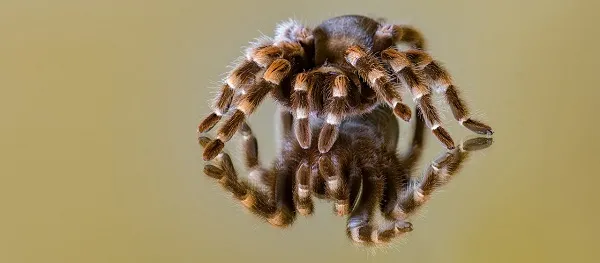
Enclosure recommendation 2 is a glass terrarium featuring a secure mesh top for excellent ventilation. It offers a classic design, appealing to those who appreciate a traditional look. Key features include a front-opening door, providing easy access, and a raised base for substrate. The benefits of this enclosure include its durable construction and the unobstructed view it offers of your tarantula. The secure mesh top ensures ample airflow, which is essential for maintaining a healthy environment. The front-opening door makes it easy to arrange the habitat, feed your tarantula, and perform regular maintenance. The raised base helps to prevent moisture buildup and ensures better air circulation, making it a practical and aesthetically pleasing choice for tarantula enthusiasts.
Enclosure Recommendation 3 Features and Benefits
Enclosure recommendation 3 is a plastic enclosure known for its affordability and convenience. Its key features include a transparent lid with integrated ventilation and a lightweight design that makes it easy to move and manage. The benefits include being a cost-effective solution for tarantula housing, especially for beginners or those on a budget. Plastic is easy to clean and sanitize, and it is often more resistant to damage than glass. The ventilation in this type of enclosure is designed to promote airflow, and the transparent lid allows for clear observation of your pet. Its practicality makes this option a great choice for tarantula keepers.
Enclosure Recommendation 4 Features and Benefits
Enclosure recommendation 4 is an acrylic enclosure specifically designed for arboreal tarantulas, providing the necessary height and climbing space. Key features include multiple ventilation points, a secure lid with feeding holes, and a background that promotes a natural look. Benefits include providing an environment that meets the specific needs of arboreal species, with ample vertical space. The enclosure’s design encourages climbing and exploration, enhancing the overall well-being of your tarantula. The ventilation points ensure proper airflow, which prevents mold and maintains a healthy environment. The secure lid with feeding holes provides a safe and convenient way to access the enclosure without risk of escape.
Enclosure Recommendation 5 Features and Benefits
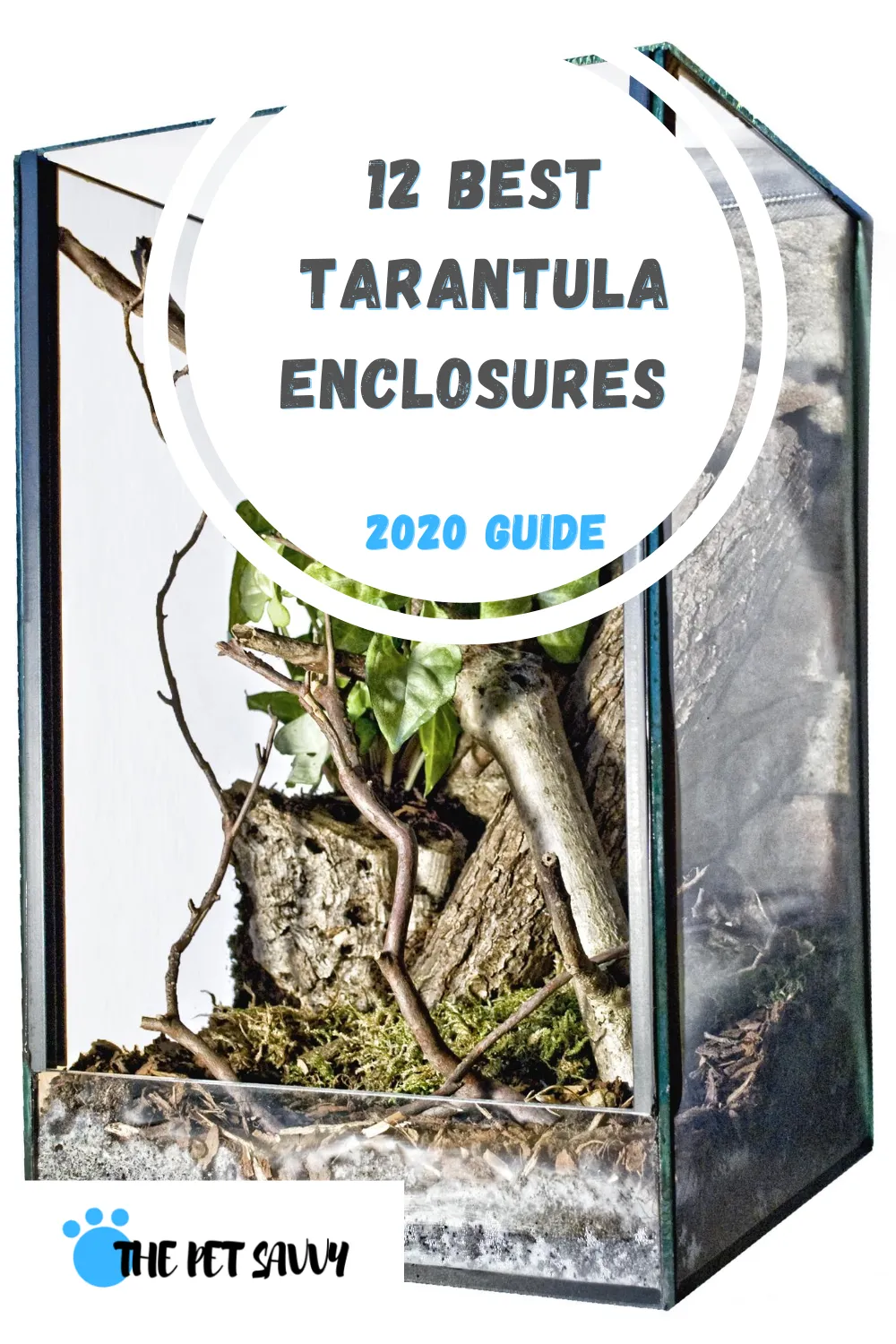
Enclosure recommendation 5 is a specialized enclosure with customizable features, allowing you to create a unique habitat. Key features include adjustable ventilation, multiple entry points, and the ability to add custom decorations. Benefits include allowing you to tailor the enclosure to the specific needs of your tarantula species. The ability to customize the habitat allows you to create a stimulating and enriching environment. The adjustable ventilation ensures optimal airflow, and the multiple entry points facilitate easy access for maintenance. This type of enclosure gives you the freedom to create a bespoke environment that perfectly suits your tarantula’s preferences and ensures its optimal health and happiness.
Essential Enclosure Accessories
Beyond the enclosure itself, several accessories are crucial for creating a comfortable and enriching environment for your tarantula. These accessories contribute to the tarantula’s physical health and psychological well-being. Having the right accessories in your tarantula enclosure will simulate their natural habitat and promote natural behaviors. It’s also important to regularly check and maintain these accessories to ensure your pet’s safety and health.
Substrate Selection and Importance
The substrate is the bottom layer of the enclosure, and it serves multiple purposes. It provides a surface for your tarantula to walk and burrow on, helps maintain humidity levels, and absorbs waste. The choice of substrate depends on the species of tarantula and its natural habitat. Common substrate options include coconut fiber, peat moss, vermiculite, and a mixture of these. The depth of the substrate is also important; burrowing species require a deeper layer than terrestrial species. Ensure the substrate is clean, non-toxic, and free from pesticides or harmful chemicals. Consider the substrate’s moisture retention properties and how it affects your enclosure’s humidity. Substrate also helps to maintain a stable temperature and contributes to the overall environment your tarantula will live in.
Water Dishes and Hydration
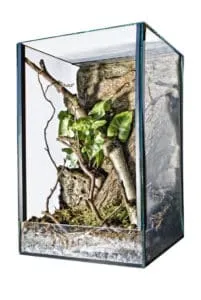
Providing fresh water is essential for your tarantula’s hydration and well-being. A water dish is a must-have accessory. Choose a shallow dish that is easy for your tarantula to access and cannot be easily tipped over. The size of the water dish should be appropriate for your tarantula’s size, allowing it to drink without risk of drowning. Regular cleaning of the water dish is crucial to prevent the buildup of bacteria and ensure the water remains fresh. In addition to a water dish, some tarantula keepers mist the enclosure to provide additional hydration, especially for species that require higher humidity levels. Always ensure the water is clean and readily available, as hydration is crucial for your tarantula’s health.
Hides and Decor for Enrichment
Tarantulas are naturally shy creatures, and providing hides and decor is crucial for their psychological well-being. Hides offer a safe place for your tarantula to retreat, reducing stress and allowing it to feel secure. You can use various items as hides, such as cork bark, half logs, or artificial plants. Decorating the enclosure with plants, rocks, and other natural elements also enriches the environment, stimulating the tarantula’s senses and providing a more naturalistic habitat. When selecting decor, ensure it is non-toxic and does not have sharp edges that could injure your tarantula. Arrange the decor to create hiding spots, climbing opportunities, and a visually stimulating environment. Providing enrichment helps your tarantula thrive by allowing it to express natural behaviors and promoting overall well-being.
Maintaining the Ideal Enclosure Environment
Creating and maintaining the ideal environment is critical for the health and happiness of your tarantula. It involves regulating temperature and humidity, ensuring proper ventilation, and performing regular cleaning and maintenance. The specific needs will vary based on your tarantula species and its natural habitat, but consistent monitoring and adjustments are essential. To maintain a healthy environment you should pay attention to these factors to prevent stress and disease. Ensuring your tarantula’s environment is optimal is essential for a thriving and contented pet.
Temperature and Humidity Control
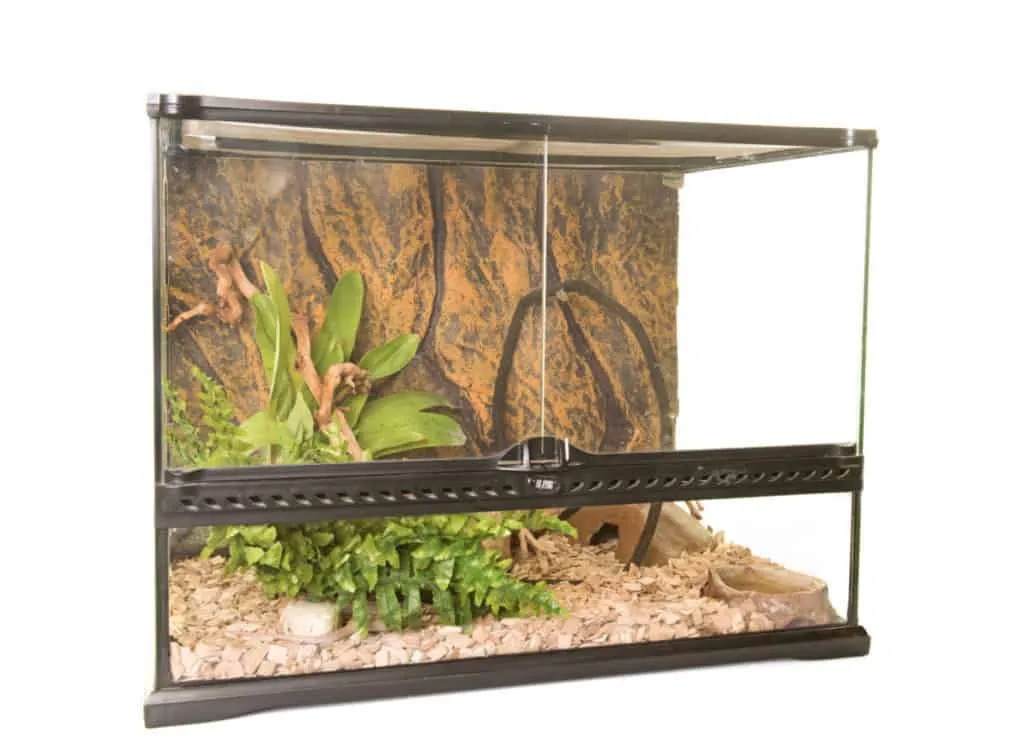
Temperature and humidity are essential factors in maintaining the correct environment for your tarantula. Most tarantulas thrive in temperatures between 21°C and 29°C (70°F and 85°F). Use a thermometer to monitor the temperature inside the enclosure and adjust as needed. Humidity levels also need to be maintained according to the species’ requirements. Use a hygrometer to measure the humidity levels. You can increase humidity by misting the enclosure with water, providing a water dish, and using a substrate that retains moisture. You might use a heat mat or ceramic heat emitter to create a gentle heat source, but always make sure these are regulated with a thermostat to avoid overheating. Constant monitoring and adjustment are key to ensuring the temperature and humidity levels remain in the correct range for your tarantula.
Ventilation Importance and Strategies
Proper ventilation is essential for preventing the buildup of harmful gases, mold, and excessive humidity in your tarantula’s enclosure. Good ventilation ensures a healthy exchange of air, which is critical for your pet’s well-being. Enclosures should have ventilation holes or a mesh top to allow air to circulate. The placement of these ventilation points is important; cross-ventilation is usually best, with openings on opposite sides of the enclosure. Avoid enclosures with poor ventilation or those that trap moisture. When misting, make sure the enclosure has enough air flow to dry out the water. Overly humid conditions can lead to mold growth and respiratory issues for your tarantula. Regularly check the enclosure’s ventilation to ensure air circulation is optimized.
Cleaning and Maintenance
Regular cleaning and maintenance are necessary to keep your tarantula’s enclosure clean and healthy. Spot-clean the enclosure weekly, removing any uneaten food, feces, and other debris. Change the water in the water dish regularly to keep it fresh. Complete enclosure cleaning is usually required every 2-6 months, depending on the species and how quickly the substrate becomes soiled. When doing a deep clean, remove the tarantula (safely), discard the old substrate, and thoroughly clean and disinfect the enclosure. Allow the enclosure to dry completely before adding fresh substrate and returning the tarantula to its habitat. Use appropriate cleaning products to disinfect the enclosure, but avoid harsh chemicals that could be toxic to your tarantula. Regular maintenance helps to prevent the growth of bacteria and fungi, and keeps your tarantula’s habitat clean and comfortable.
In conclusion, selecting the best tarantula enclosure in the UK involves careful consideration of various factors, from enclosure size and material to essential accessories and environmental control. By understanding your tarantula’s specific needs and following the guidelines outlined in this article, you can create an ideal habitat that promotes its health, happiness, and overall well-being. Remember to prioritize the tarantula’s well-being and safety above all else, ensuring that your pet has a comfortable and stimulating environment to thrive in. With the right knowledge and dedication, you can enjoy a rewarding experience as a tarantula keeper.
